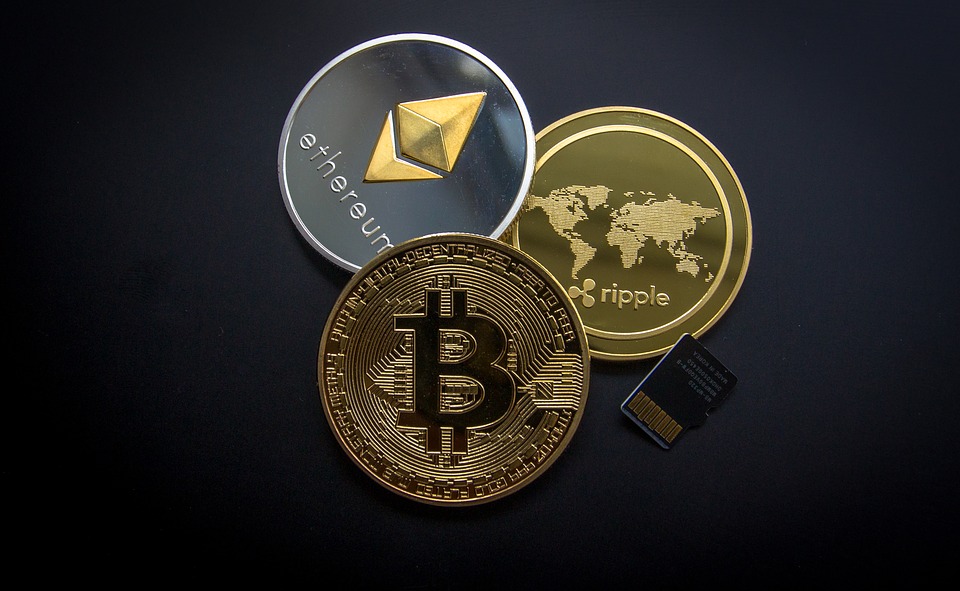How does cryptocurrency mining work and what is the blockchain?
A simple explanation on cryptocurrency mining and blockchain.
Understanding cryptocurrency mining requires a basic understanding of how the blockchain works. The blockchain is the backbone of the vast majority of cryptocurrencies that exist today. It is the foundation that they are built upon. The blockchain is essentially a public, decentralized ledger of a specific cryptocurrency's transactions. You can think of it as a personal journal, but instead of just you having control and access to the journal, all of your family and friends have a copy too. And that copy is updated in real time, so everyone always has the exact same copy, regardless of who writes in it.
These transactions or "journal entries" are bundled together into blocks (we'll call blocks pages for the journal example). These blocks or pages are authenticated and verified by miners. The miners ensure that the same coin hasn't been spent again before the previous transaction has been cleared (this is like ensuring that you and your friend do not write on the same exact space in the journal at the same time). Once cleared, the next block can be added to the chain (Once writing on page 1 of the journal is completed, we can add page 2 to the journal). This is the basic concept behind blockchain technology and cryptocurrencies. Interestingly enough, it also how new coins come into existence.
Since there is no central authority on the blockchain, someone has to collect and verify the transactions that are taking place. That's where the miners come into play. Miners are just nodes on the network, similar to how your personal computer may be one of many devices (nodes) on your home network. Every time a bundle of transactions or journal entries is organized into a block/page. The block/page is then added to the blockchain/journal. The miner that actually adds the block to the chain takes credit and is rewarded with new units of the cryptocurrency. So for the sake of our example, we'll say that who ever writes the last journal entry on a page, gets credit for writing it, even that person didn't write all the entries on the page.
To ensure that the value of the cryptocurrency is not devalued by miners continually adding blocks to the chain, creating a block is made artificially harder. This is done by making miners solve a complex math puzzle. These puzzles becoming increasing difficult as more coins are mined. Miners are in a race to solve the puzzle because whoever solves it first, is rewarded coins. While this is a simplification of how it works, We hope you have a better understanding of how it works. There are plenty of articles on the internet that delve deeper into the technical aspects of how the blockchain and mining works.
With the rise in popularity of cryptocurrencies, it has becoming increasing difficult for individuals to mine coins. Mining is accomplished with computer processing power. Processors are what solves the puzzles, so given what explained previously, it is requiring more and more processing power to successfully mine cryptocurrencies for profit. It also requires a great deal of electrical power. Currently is would most likely not be profitable for an individual to mine. People have grouped into mining pools to combine their processing power to mine coins and then split the reward. The greater the number of miners pooled together, the more powerful the processors being used (GPUs or "graphics cards"), and the less expensive power consumption is, the higher the probability of reaping the rewards and profiting. There are whole warehouses dedicated to mining cryptocurrencies. The majority if which, takes place in China. (Side Note: South Korea and Japan make up huge portion of global cryptocurrency trading volume).
If you are considering investing in cryptocurrencies, mining is a potential route, but you could face some high upfront costs for equipment and power consumption. Directly investing in cryptocurrencies is likely a much a better investment for the small individual investor, but it too has it's cost and risks. The choice is yours. Remember to always do your own due diligence and mitigate risk where ever possible.
You can see our cryptocurrency guides here to get started investing or trading:
https://www.thecryptogeniuses.com/how-to-invest-in-crypto
Visit Our Website @ https://www.thecryptogeniuses.com/
Follow us on FaceBook @ https://www.facebook.com/TheCryptoGeniuses
Follow us on Twitter @ https://twitter.com/CryptoGeniuses
Follow us on Tumblr @ https://www.tumblr.com/blog/thecryptogeniuses



